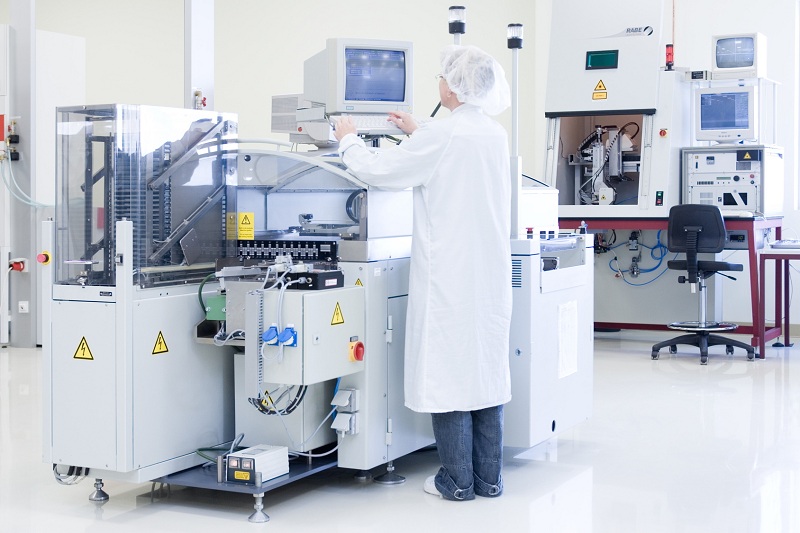Cleanrooms are bound to suffer some contamination at some point during their use. The contamination can result from equipment, personnel, or even improper decontamination. Since there are many methods of cleaning a Portland cleanroom, it is important to select one that is suited to your needs. If you want to clean a cleanroom, ensure that you understand particle-to-surface bonding.
A Basic Cleaning
This type of cleaning gets rids of contaminants using a cleaning fluid. However, it does not always work. Wiping may move the fluids but fail to get rid of them. Wet cleaning is used when basic wiping fails to get rid of the particle adhesion. Whether a sterilization or disinfection is required and the surface material determines the type of cleaning fluid used.
Cleaning Equipment
Wet cleaning can only do so much. For better sterilization and disinfection, there is specialized equipment that can be used. When an aseptic environment is required in the Portland cleanroom, UV irradiation may be used. It destroys the DNA of microorganisms thus rendering them harmless.
A cleanroom can also be sterilized using steam cleaning. Water under high pressure and heat is used in this instance. The pressurized water is able to hold temperatures above its boiling point, which makes it quite efficient at destroying microbes.
Another method for sterilizing cleanrooms is the use of Vaporized Hydrogen Peroxide (VHP). A VHP system is compatible with electronic components. It is an effective and quick method of getting rid of category III and IV pathogens.
Moisture-sensitive surfaces can be cleaned using dry ice. The blasting using dry ice is done in a nitrogen-rich environment to get rid of contaminants. The dry ice sublimates leaving no chemical residue on the surface.
If you are seeking to get rid of submicron particles, one of the best solutions is a high-frequency ultrasonic cleaner. It can clean both delicate substrate and industrial equipment. Another method for getting rid of contaminants is the use of a vacuum. Vacuum cleaners are fitted with ULPA or HEPA filters to remove small particles in a cleanroom.
Some Cleaning Tips
- Proper gowning and controlled and slow movements are essential to limit the disturbance of a contaminant.
- Ensure that all equipment brought into the cleanroom is disinfected before being allowed in; the biggest offender being personnel.
- Ensure that the filters are operational during cleaning since the cleaning fumes can lead to particle accumulation.
- If you decide on wet cleaning, ensure that you use slow overlapping patterns that are shifting particles in the same direction as airflow.
- Using shoe cleaners and sticky floor covering is essential. The reason is that gravity naturally tends to pull most particles towards it.
- Clean in a methodical manner. Start with the shelves and move to the floors last. It ensures that falling particles are not left behind.

